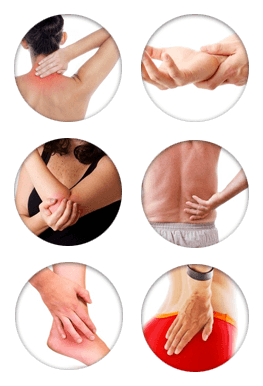

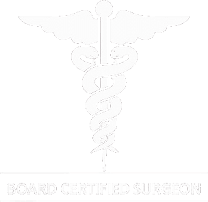




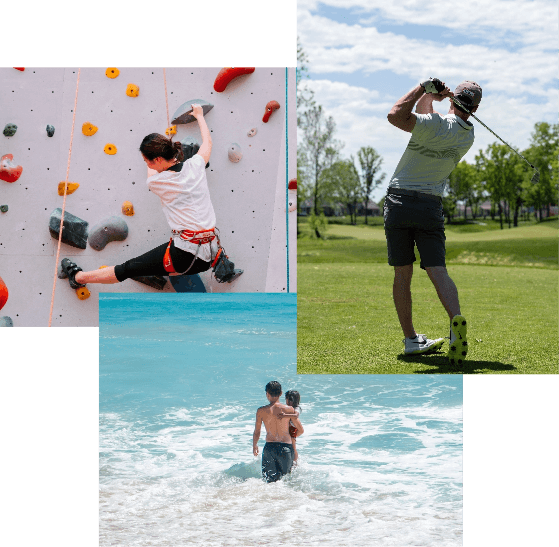
Orthopedic & Laser Spine Surgery is the best minimally invasive treatment center in Florida. Complex emergency surgeries are regularly referred to our hospital, which gives our surgeons the opportunity to advance their experience in handling complex situations. They are leaders in orthopedic laser and spine surgery, and are at the pinnacle of excellence.
Our surgeons are forerunners in their fields and have devoted their careers to ensuring patients like you receive the best possible treatment. In fact, our physicians have spent decades teaching their techniques and technology to surgeons across the United States.
As the most respected spinal surgeons in the country, our doctors are dedicated to treating every patient safely and promptly using the least invasive techniques. Each of our doctors has attended the best medical schools and spent several more years in advanced training to gain proficiency in their respective fields.
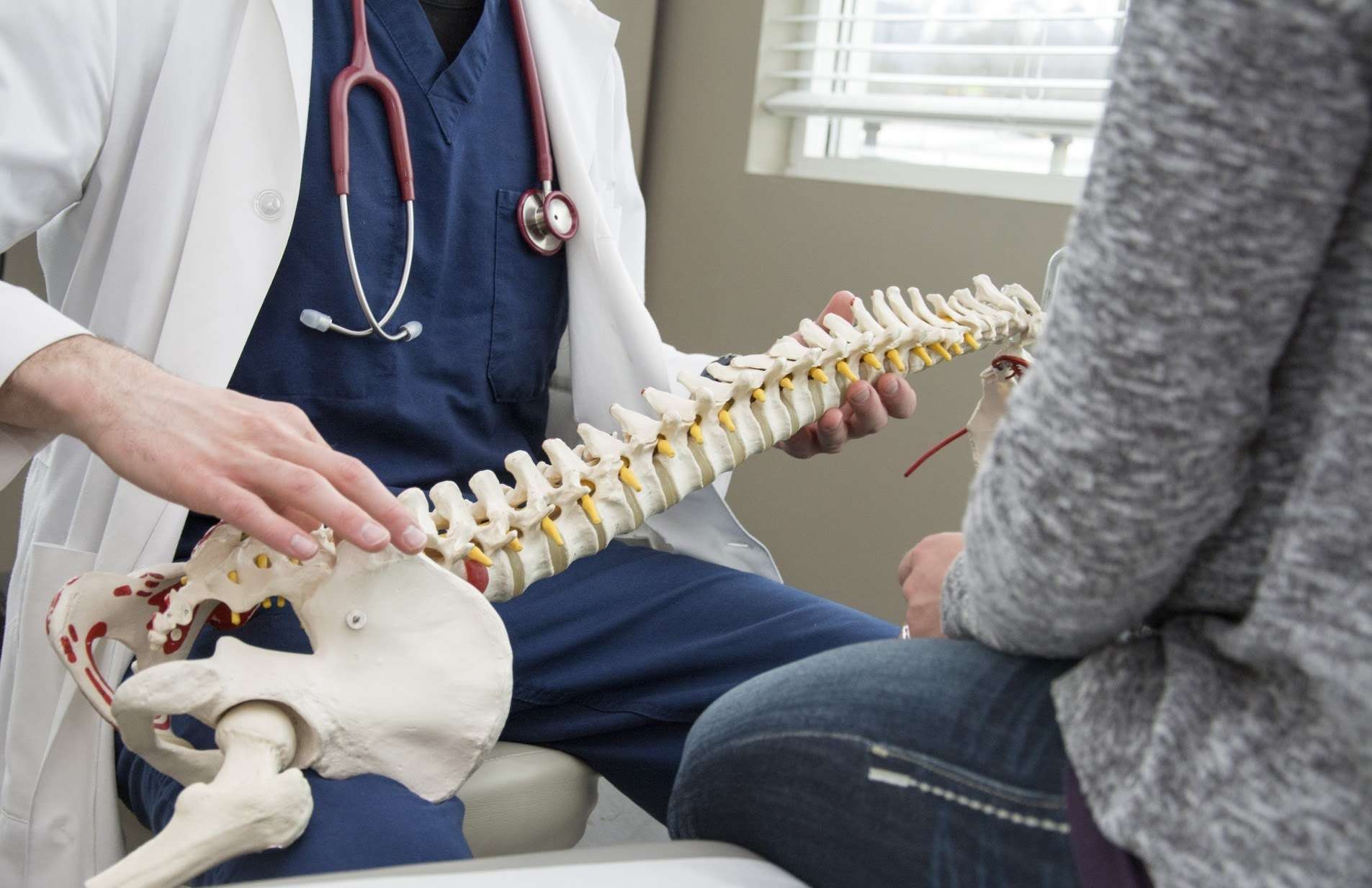
Minimally invasive spine surgery (MISS) utilizes specialized tools and smaller incisions to perform the procedure. When compared to traditional spine fusion surgery, MISS presents several benefits, such as enhanced mobility and flexion extensions. One of the primary advantages of MISS is that the procedure causes less tissue damage and scarring due to the smaller incisions used. This approach helps maintain muscle and soft tissue function in the affected area while also minimizing damage to surrounding tissue and structures.
At Orthopedic & Laser Spine Surgery, we are dedicated to providing best-in-class care to our patients using cutting-edge technology and minimally invasive methods. We understand our patients lead active lives, so our value proposition lies in our capacity to provide same-day outpatient surgical procedures—including M6 artificial disc replacements—to our patients hailing from locations across the globe who seek treatment from our experienced team of medical professionals.
Our commitment to staying at the forefront of medical innovation is evident in our use of advanced, state-of-the-art technology and minimally invasive techniques. These approaches are designed to reduce discomfort, minimize scarring, and accelerate the healing process, leading to quicker recovery times for our patients. We specialize in the diagnosis and treatment of pain and dysfunction caused by deformity, degenerative disc disease, trauma, and failed neck or back surgeries.
Orthopedic & Laser Spine Surgery is devoted to providing the most effective surgical services to our patients in the most efficient way possible. Our experienced team is ready to provide exceptional care, regardless of the cause of the spine-related issue.
Don’t just take our word for it; take a look at our thousands of testimonials from satisfied patients who have received exceptional care at Orthopedic & Laser Spine Surgery. Our commitment to delivering the best care possible has established us as one of the leading providers of orthopedic and spine treatment worldwide.
Our patients come to us from all over the nation.
Here is what they have to say.
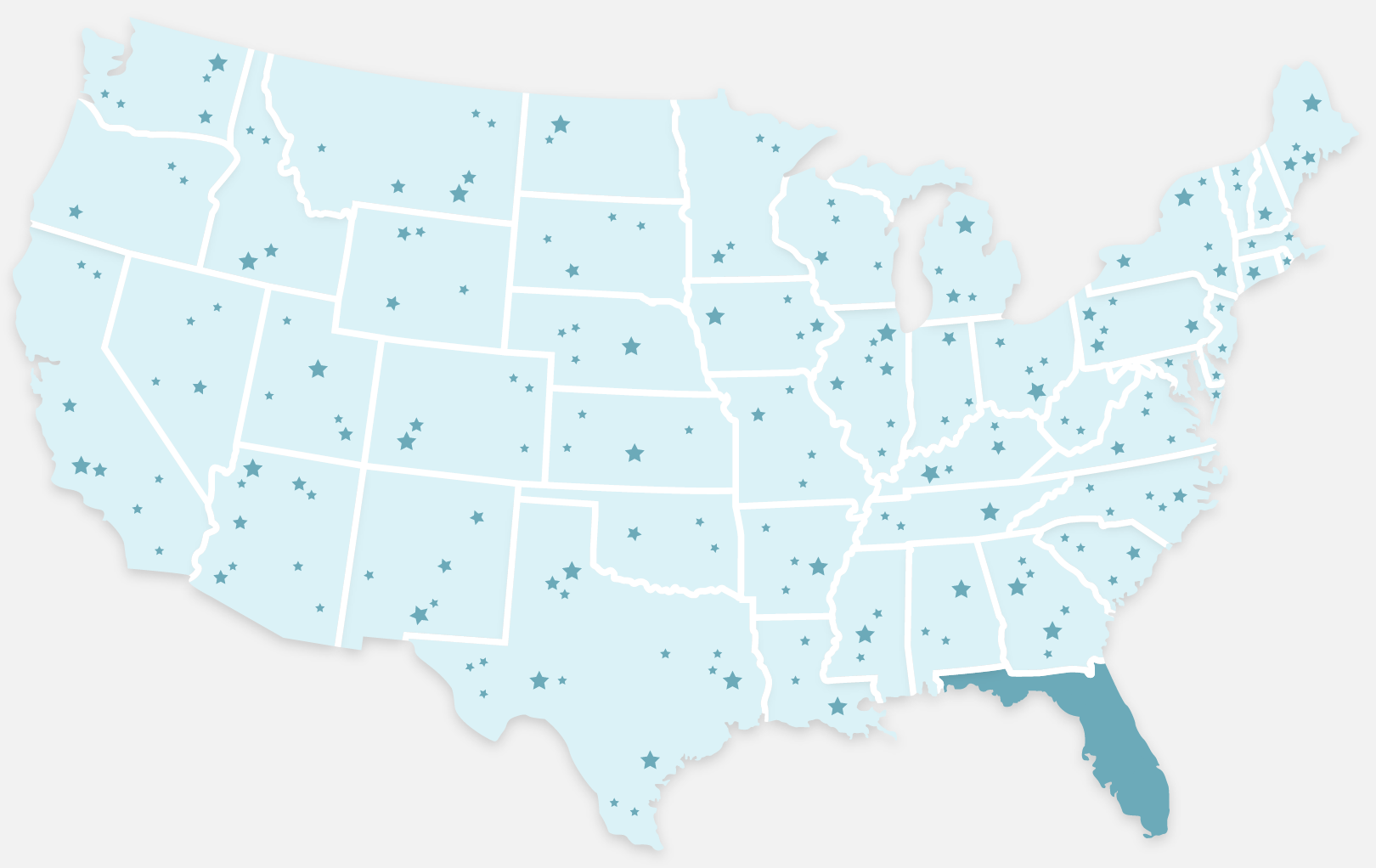
Our exceptional team of patient advocates provides a concierge service to ensure your appointments run as smoothly as possible. They assist with obtaining your medical records, guarantee all necessary paperwork is up to date, and are standing by to answer any questions you may have leading up to your procedure. It is important to note that we require access to your medical records for evaluation purposes.
Additionally, our team can also facilitate travel arrangements by coordinating hotel accommodations in close proximity to the surgical center, making your journey more convenient.
Don’t suffer in pain when you don’t need to. Contact our office today online or call (866) 272-9271. You can also use our free Treatment Finder tool. We are here to help you get your life back and get you on the road to healing quickly and safely.
Pinpointing the source of your pain helps narrow down the cause of concern and the best treatment for that cause. These locations are treated differently and are the regions in which we treat.
